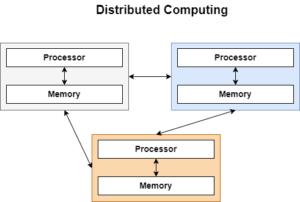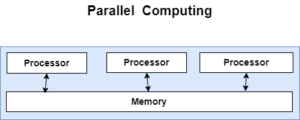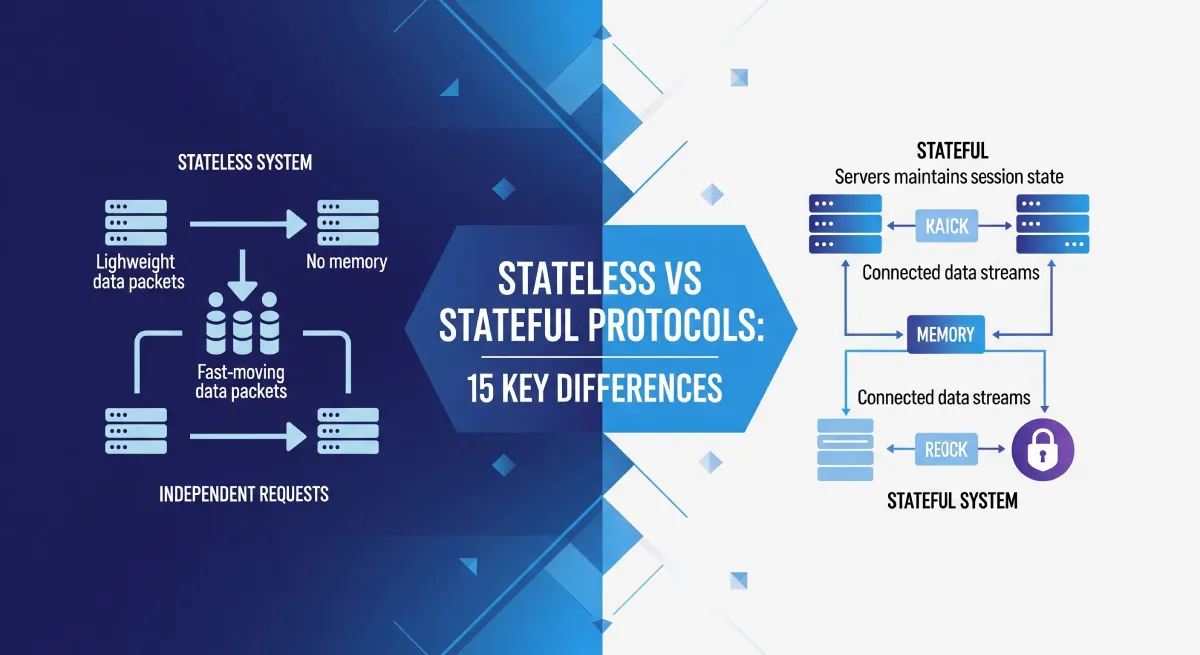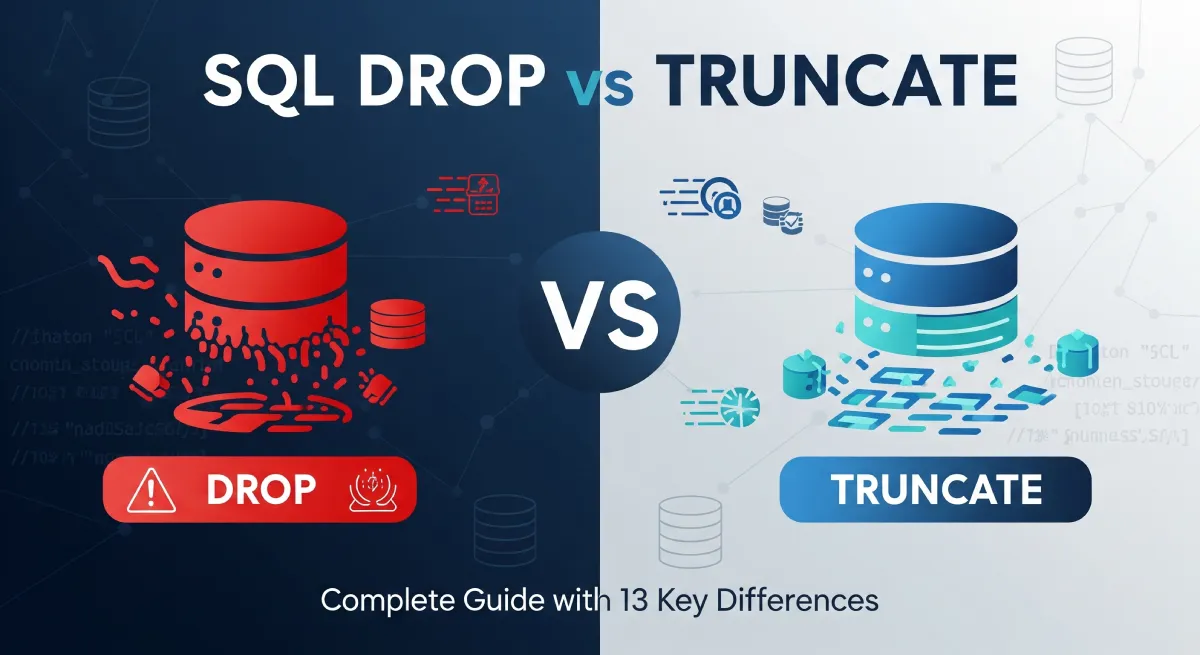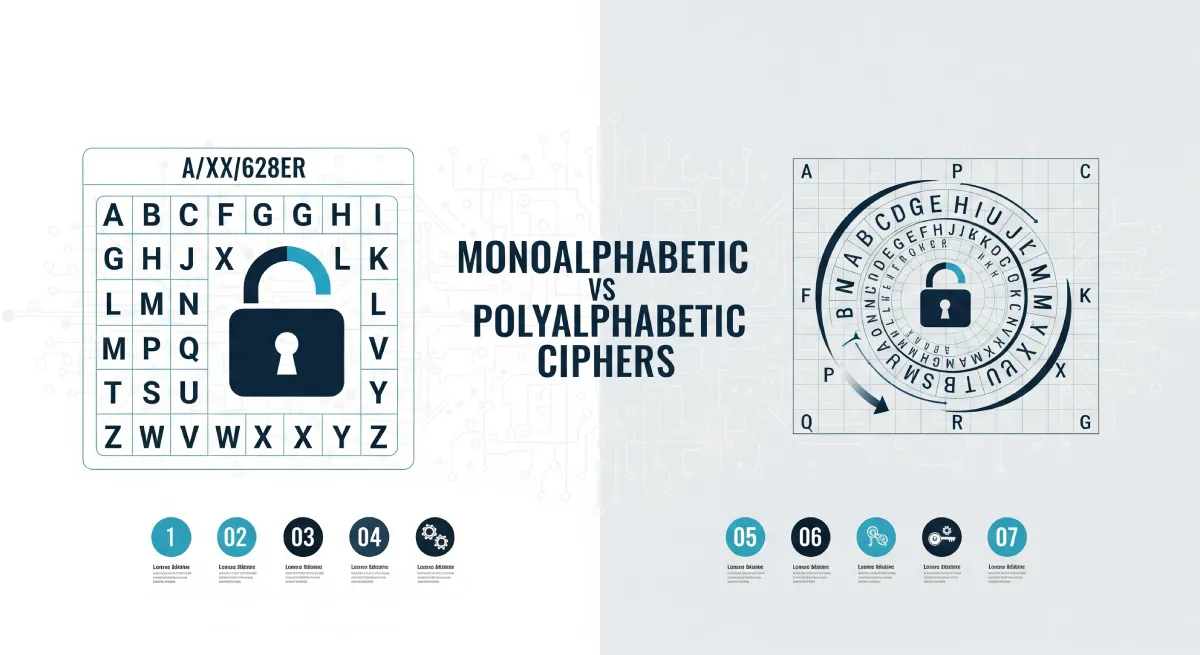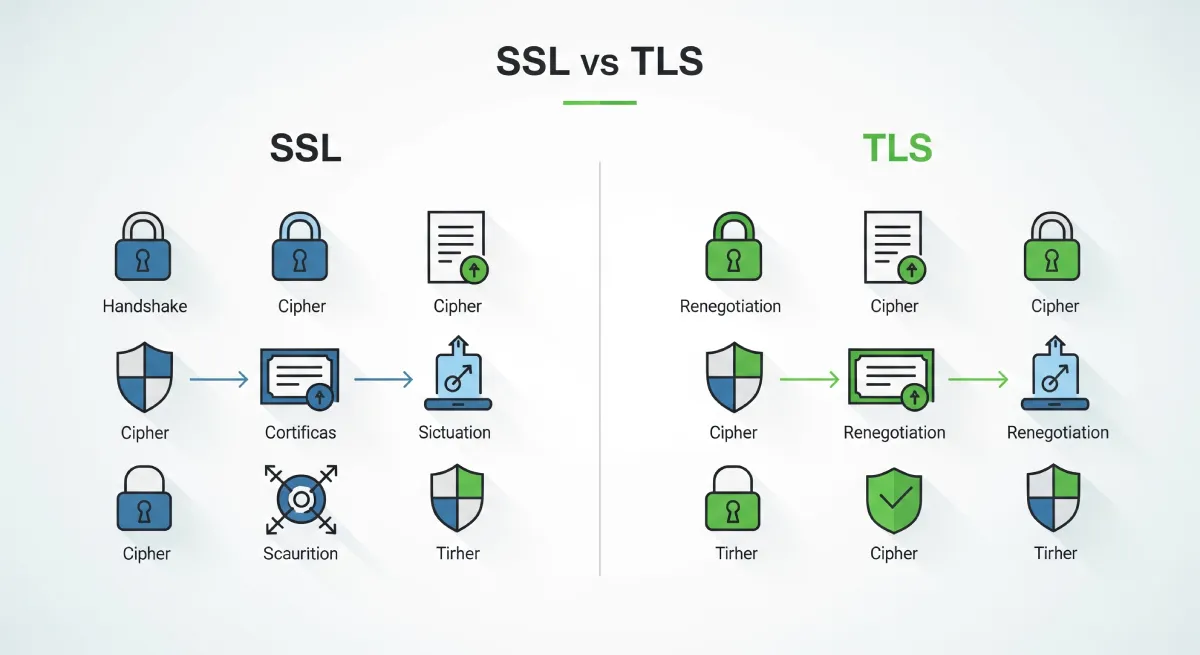In modern computing, distributed vs parallel computing are essential for handling complex tasks. Distributed computing spreads tasks across multiple networked systems, while parallel computing processes tasks simultaneously within a single system. This guide explores their key differences, advantages, and real-world applications.

Unveiling the Basics
Distributed Computing and Parallel Computing may sound similar, but beneath the surface lie fundamental disparities. Distributed Computing involves the processing of tasks across multiple computers, fostering collaboration in solving complex problems. In contrast, Parallel Computing employs multiple processors to execute different parts of a program simultaneously, enhancing computational speed.
Navigating Complexity: Distributed Computing
Decoding Distributed Architecture
In the realm of Distributed Computing, architecture matters. We explore the intricacies of distributed systems, where interconnected computers communicate and work collaboratively. This architecture ensures redundancy, fault tolerance, and scalability.
Synchronized Simplicity: Communication Protocols
Efficient communication is the backbone of Distributed Computing. Dive into the world of communication protocols, such as HTTP and MQTT, that facilitate seamless interaction among distributed components.
Scalability Unleashed
One of the key advantages of Distributed Computing is scalability. We unravel how this architecture accommodates growing workloads effortlessly, making it an ideal choice for applications with dynamic resource demands.
Embracing Parallelism: Parallel Computing
Harnessing Parallel Processing
In Parallel Computing, the focus is on speed. Explore parallel processing techniques, where tasks are divided into smaller sub-tasks and processed simultaneously. This acceleration of computations is a game-changer for resource-intensive applications.
The Power of Simultaneity: Parallel Algorithms
Delve into the world of parallel algorithms, where the simultaneous execution of operations enhances computational efficiency. We break down examples and applications, showcasing the versatility of parallelism.
Performance Amplified: Parallel Hardware Architectures
Discover the hardware behind the speed. From SIMD to MIMD architectures, we elucidate how different parallel hardware configurations contribute to achieving unprecedented performance levels.
Use Cases and Applications
Real-World Applications of Distributed Computing
Explore practical applications of Distributed Computing in diverse industries, from cloud computing to content delivery networks (CDNs). Understand how this paradigm shapes the backbone of modern technological infrastructure.
Transformative Impact: Parallel Computing in Action
Witness the transformative impact of Parallel Computing across industries. From scientific simulations to artificial intelligence, parallelism plays a pivotal role in accelerating computations and achieving breakthroughs.
Key Differences between Distributed and Parallel Computing
Distributed Computing | Parallel Computing |
|---|---|
| Processing tasks across multiple computers connected by a network. | Simultaneous processing of a single task using multiple processors or cores. |
| Relies heavily on inter-process communication over a network. | Requires minimal communication as tasks are divided and processed independently. |
| Shares data among connected computers, often leading to higher latency. | Shares less data, typically within the same memory space, reducing latency. |
| More resilient to hardware failures as tasks can be rerouted to other nodes. | Less resilient to hardware failures, but individual tasks are isolated. |
| Can scale horizontally by adding more machines to the network. | Can scale vertically by adding more processors or cores to a single machine. |
| Complex programming model due to the need for handling distributed resources. | Often uses simpler programming models, especially in shared-memory architectures. |
| May have dependencies on remote data, affecting execution speed. | Minimizes data dependency, allowing tasks to execute independently. |
| Offers greater flexibility in terms of hardware and geographical distribution. | More rigid in terms of hardware requirements, often centralized. |
| Resource utilization may vary based on the load and distribution of tasks. | Optimizes resource utilization by dividing tasks efficiently among processors. |
| Examples: Apache Hadoop, Distributed Databases (e.g., Cassandra). | Examples: Parallelized algorithms, MPI (Message Passing Interface). |
FAQs: Distributed vs Parallel Computing
1. How does distributed computing enhance scalability?
Answer: Distributed computing enhances scalability by distributing tasks across multiple machines, allowing for efficient handling of growing workloads.
2. Can parallel computing be applied in everyday technologies?
Answer: Yes, parallel computing is utilized in various everyday technologies, from graphics processing units (GPUs) in computers to multicore processors in smartphones.
3. What challenges do distributed systems face in real-world scenarios?
Answer: Distributed systems face challenges like network failures, data inconsistency, and the need for robust communication protocols.
4 Are there industries where parallel computing is more beneficial than distributed computing?
Answer: Industries such as scientific research, artificial intelligence, and simulations benefit more from parallel computing’s ability to process complex tasks simultaneously.
5. What potential innovations can we expect in the field of parallel processing?
Answer: Anticipate innovations in parallel algorithms, hardware architectures, and applications, paving the way for faster and more efficient parallel processing.
Conclusion
In conclusion, embracing the differences between Distributed Computing and Parallel Computing is paramount for tech enthusiasts and industry professionals. As technology evolves, so does the need for a nuanced understanding of these concepts.
